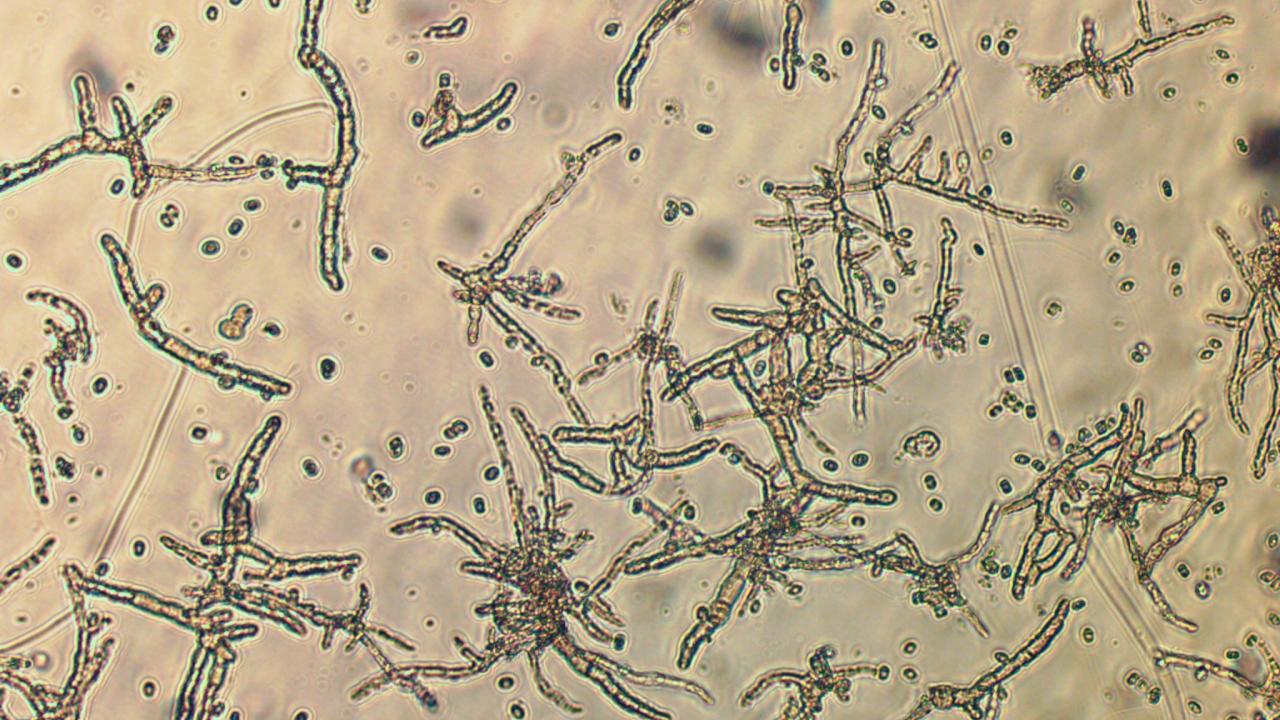
Working to Find the Effects of Melting Polar Ice on Baby Kelp
I was one of the Santa Rosa Junior College interns here at Bodega Marine Labs this summer of 2022. I am just beginning my last year at the JC and will transfer to Sonoma State University in the fall of 2023. I am hoping to continue to UC Davis for postgraduate studies and would be thrilled to receive a position here when the time comes.
Over the summer I worked with Tallulah Winquist in the Gaylord lab studying Bull Kelp. There was a huge kelp die off all along the Pacific seaboard around 2014 due to in large part to two factors: a large marine heat wave, and a huge rise in the number of sea urchins feeding on the kelp. This 90% reduction in the amount of kelp along our shorelines is immensely worrying because kelp and coral (which is having problems of its own) provide habitats for the vast majority of life in the oceans. Surprisingly there has been a small but unexpected resurgence in the amount of kelp along the California and Oregon coast in the last few years. While we are not completely sure of the cause of this resurgence, we are excited to see it and are hoping to find ways to encourage and expand this trend. Most of the work I did over this summer was a pilot study that will be used to inform a larger, more in depth study. We were studying the compound effects of lower salinity and higher temperature on the ability of kelp to reproduce. This a concern, because as the sea temperatures continue to rise, and polar and glacial ice melts, the salinity of the ocean, especially in the regions near the polar ice caps will drop. This particular study is focused on finding the lower end salinity and higher end temperature kelp reproduces at, so a more in depth, longitudinal study can be conducted to find the overall trends of the effects of these factors.
Want to learn more about the SRJC-BML Internship Program?
Visit the SRJC-BML Internship Program Website
You can also show your support for this program by making a gift.
